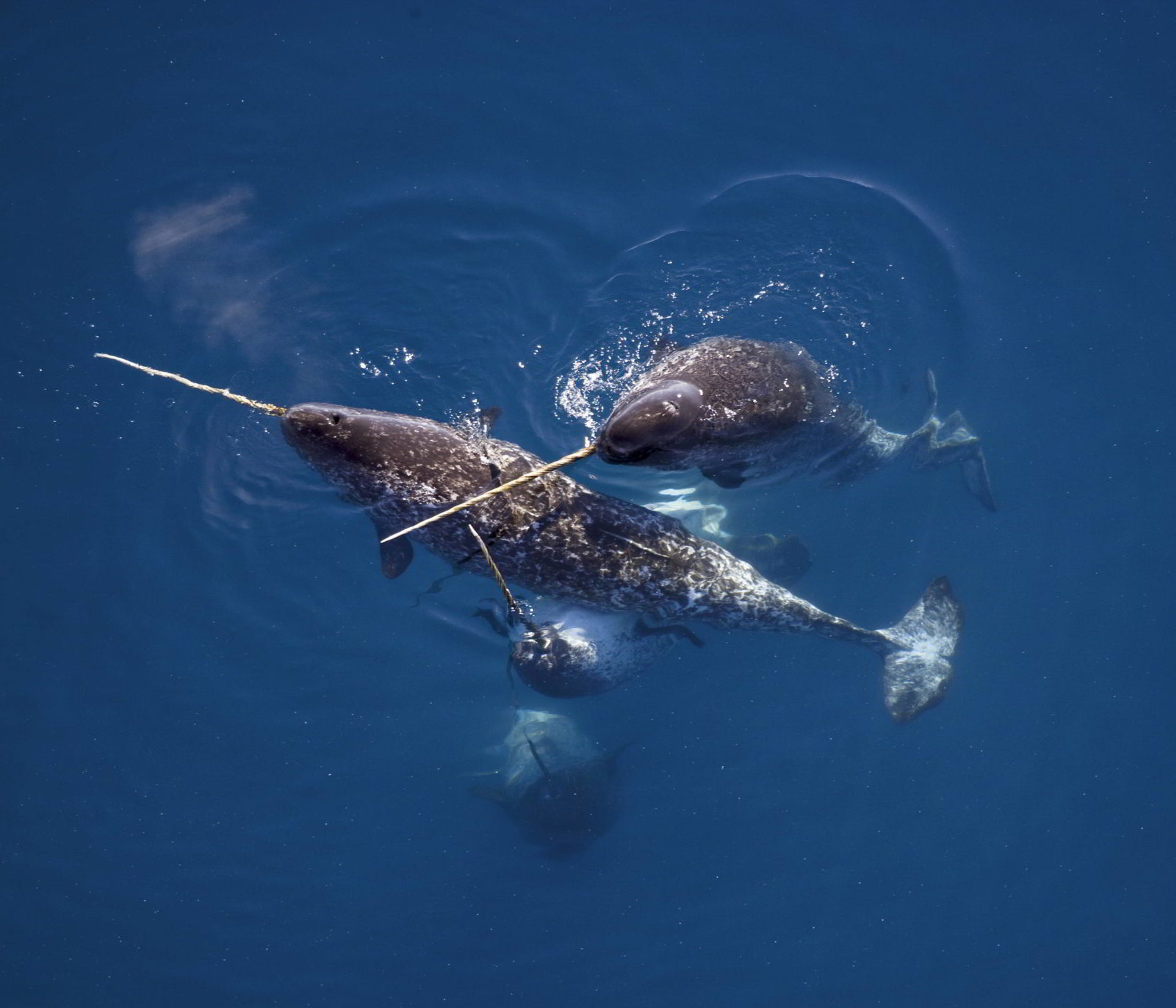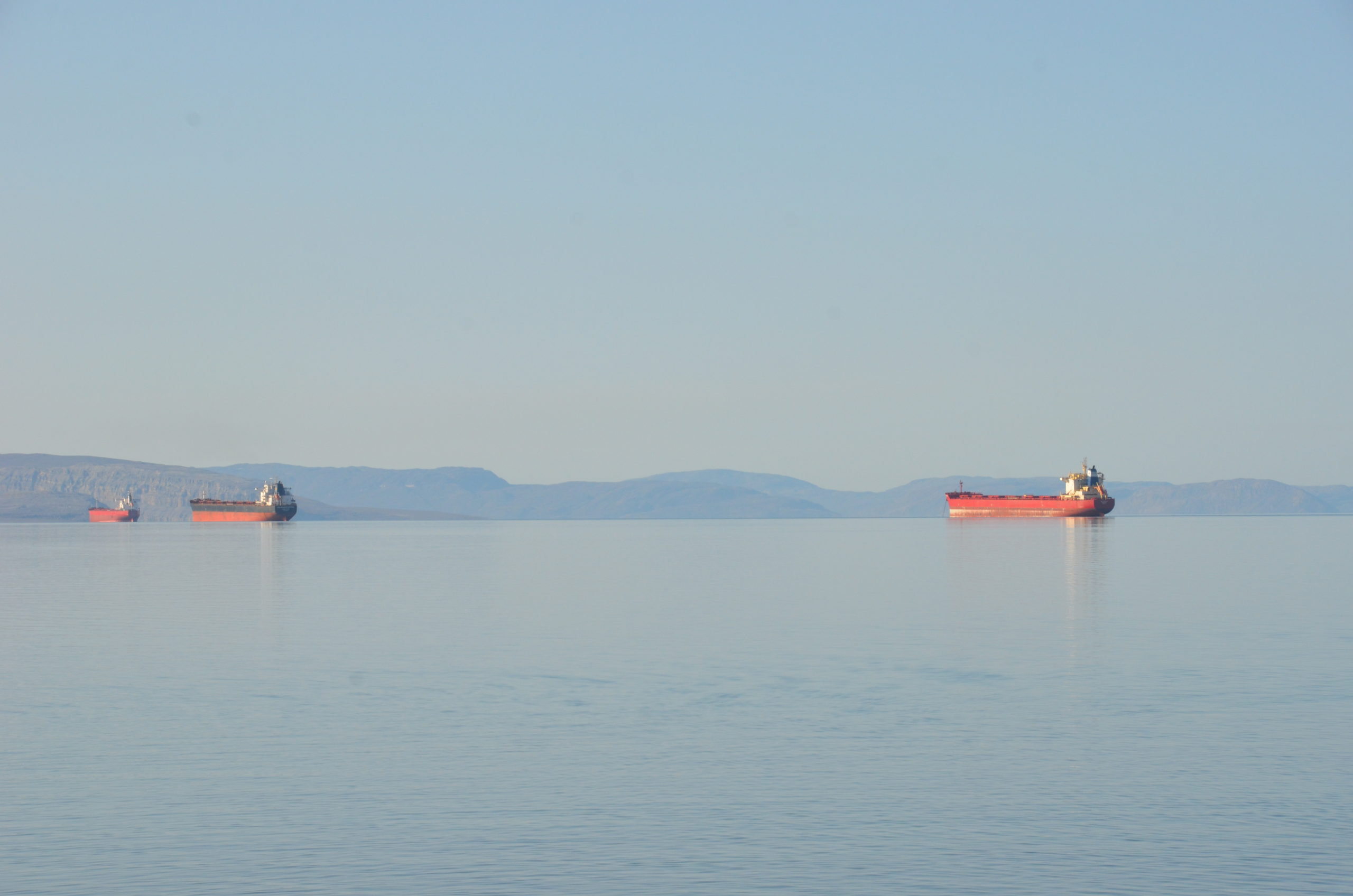Double, trouble: The danger of Baffinland’s expansion plans
UPDATE: On May 13, 2022, the Nunavut Impact Review Board (NIRB) issued a 441-page report recommending that Baffinland’s proposal not go ahead because the expansion would have “significant adverse effects” on wildlife and Inuit which cannot be “adequately prevented, mitigated, or adaptively managed.” A final decision by the federal government is expected within 90 days of NIRB’s review submission.
On the northern end of Nunavut’s Baffin Island — between the remote communities of Pond Inlet, Clyde River and Igloolik and near caribou calving grounds and marine mammal habitat — lies the open-pit Mary River Mine.
Already the biggest industrial development in the Canadian Arctic, Baffinland Iron Mines Corp. is angling to double current output to 12 million tonnes a year.

Since iron ore is transported to Milne Inlet and shipped through the Tallurutiup Imanga marine conservation area, Baffinland has applied to the Nunavut Impact Review Board (NIRB) for a permit to build this “phase 2” expansion, including a 110-kilometre railway and another dock as well increasing shipping traffic from 198 to 384 vessel transits a season.
Dubbed the “Arctic Serengeti” by the Qikiqtani Inuit Association, Tallurutiup Imanga is home to 75 per cent of the world’s narwhal, 20 per cent of the Canadian beluga population, the largest subpopulation of polar bears in Canada and massive seabird colonies.
NIRB’s public hearings, which WWF-Canada has participated in since 2019, ended last month, and a decision is expected in May.
“The animals that we live on and use for food such as seals, fish, polar bears and caribous, hares, ptarmigans as well as the birds that migrate up here in the summer, all of them, we want them always to be healthy,” said Jaykolasie Killiktee, former mayor of Pond Inlet, in a video we helped produce of community members’ testimonies.
”Because we depend on them.”
Along with amplifying local voices, we’ve also expressed our own concerns.
“There’s never been a railway in Nunavut, and potential impacts to barren-ground caribou — which Nunavummiut depend on for food security and cultural continuity — are unknown,” said Paul Okalik, WWF-Canada’s lead Arctic specialist.
“With the proposed route crossing the habitat of a caribou herd whose numbers have declined by an estimated 99 per cent since the 1990s, it is simply an unacceptable risk.”
WWF-Canada also supports the position that Baffinland’s iron ore vessels must stop using heavy fuel oil, which contributes to the melting of snow and ice through the release of black carbon emissions. Mandating a switch to distillate fuels would reduce this by as much as 80 per cent.
READ MORE: Saying no to the Baffinland mine expansion in Nunavut
We’re also demanding mitigation measures be put in place to prevent the spread of invasive species and limit underwater noise and other shipping impacts like dumping. Our recent National Vessel Dumping Assessment quantified the threat of ship waste to Canada’s marine protected areas. It found that ships operating within Tallurutiup Imanga, many of which are bulk carriers servicing the Mary River mine operation, annually generate an estimated 9.3 million liters of greywater, 1.3 million liters of sewage, 246 thousand liters of bilge water, and 40.9 million liters of scrubber washwater.

These estimates are based on 2019 ship traffic data and don’t account for the proposed 94 per cent increase that could come as part of a Phase 2 expansion.
Baffinland had previously made a commitment to not discharge sewage, greywater or use scrubbers in the marine regional study area in 2020. The company’s 2021 Shipping and Marine Wildlife Management Plan renewed their commitment on the first two discharge types, but not scrubbers, which WWF-Canada’s National Vessel Dumping Assessment found account for 97 per cent of ship-source discharges nationally. As well, the regional study area only extends to 12 nautical miles from land and does not include much of Tallurutiup Imanga.
Monitoring would be needed to determine the impacts of mine expansion on local wildlife such as narwhal. This would require community engagement, appropriate use of Inuit Qaujimajatuqangit (traditional knowledge) and full agreement and coordination with affected communities.
Inuit have already observed significant decreases in populations of narwhal and other species, both in the mine area and throughout Nunavut. Without mitigation measures to reverse these trends, increased shipping should not even be contemplated.
This file was originally published on March 31 and updated on April 14 to correct the numbers Baffinland submitted to the NIRB, and the discharge commitment made in 2021.

